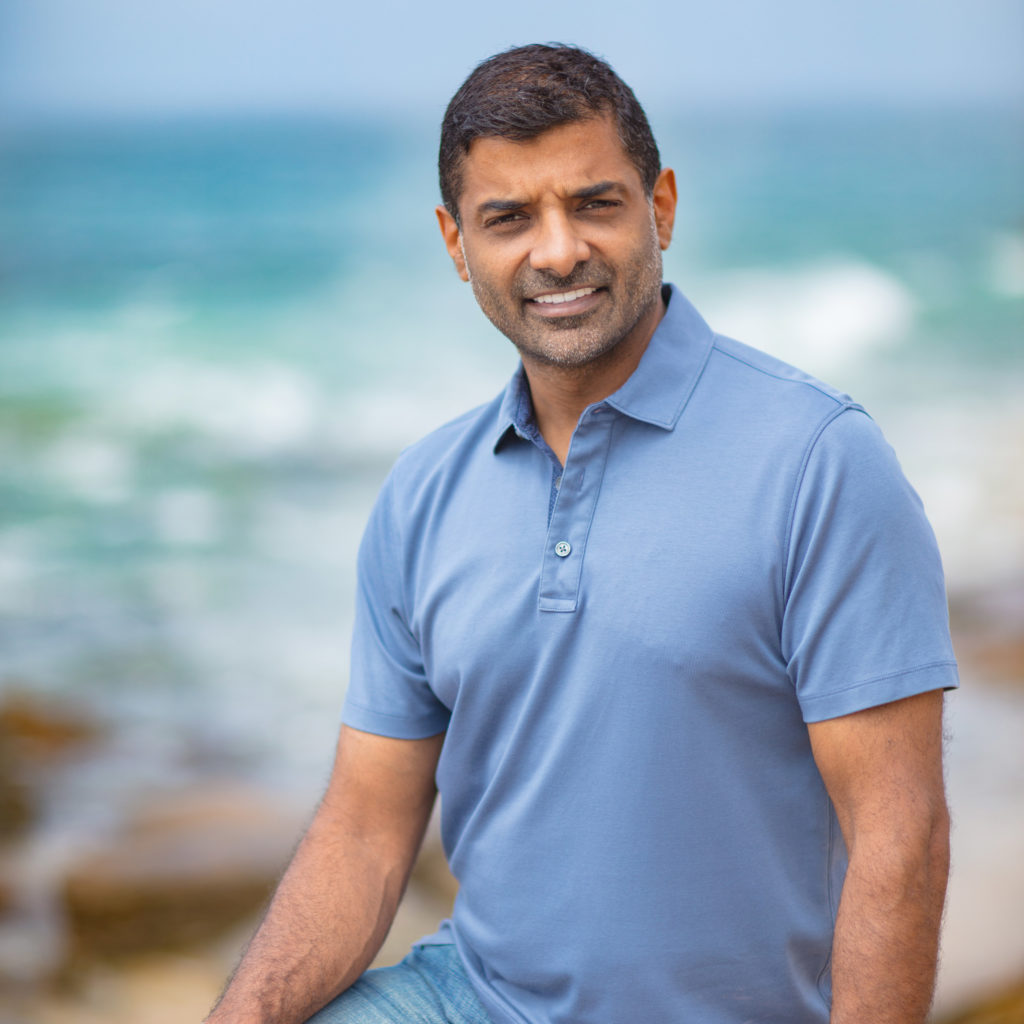Collaborations for business growth have become a vital strategy for brands to survive and thrive in the post-COVID world. In just the last four months, many prestigious and storied American retail clothing brands have teetered on the edge of liquidation. Blighted by the COVID-19 pandemic and left behind by a rapidly changing fashion market, paragons of the American popular style—like JC Penny, J. Crew, and, most recently, Brooks Brothers—have all filed for Chapter 11 bankruptcy.
Retail CEOs who wish to secure their brands’ futures in the post-COVID world should be looking for ways to retool their companies’ images, connect with new audiences, and secure their bottom lines. Strategic partnerships, a cornerstone of collaborations for business growth, can help businesses remain competitive and relevant.
While many peer competitors struggled to strike such a balance, Gap did just this in late June, announcing a new collaboration with rapper Kanye West and his Yeezy fashion line, popular among young adults and those in the “street wear” fashion scene.
Gap’s move was met in kind by markets and critics alike. In the days following the announcement, Gap stock added more than $700 million in market cap, and—for the first time in a generation—young people were seemed genuinely excited about the brand.
Aspiring investors and entrepreneurs should view Gap’s recent maneuvers as an important case study in reformulating their brands for the post-COVID world.
Gap’s situation is particularly illustrative of the key role that strategic partnerships play in recontouring brands. While not everyone has access to culturally defining figures like Kanye West, investors and entrepreneurs should look to partner with key actors to reinvigorate their brands.
Below, I’ve laid out a few ways investors and entrepreneurs can take advantage of strategic partnerships to advance their messages.
Brand Visibility
Brokering scollaborations for business growth with salient individuals and firms can help propel your brand into the limelight.
Gap is a good example of this phenomenon. After years of gradually declining revenues and an ethos tied inextricably to shopping malls, partnering with a figure as prominent at Kanye West launched Gap back into the public discourse. West is controversial, sure, and his recently announced bid for the presidency will surely only deepen this; but through this collaboration, Gap was able to borrow some of that fame and attention for its own brand.
Startups and small businesses may not have the means to contract A-list celebrities, but the same principle still applies. Entrepreneurs should seek out collaborations for business growth within their own communities and social circles. That could mean, for example, partnering with a well-known individual or organization in your principal place of business. Or it could mean liaising with a salient figure within your niche market – maybe someone who, while not well known nationally, is an authoritative voice within your sphere and could channel attention toward your brand or product.
Partnering with influencers and thought leaders in your field to deliver a novel product will attract attention and help revivify your brand.
Diversifying your Audience
Strong strategic partnerships don’t just get people talking about your brand, the get people buying. Collaborating with new organizations or individuals can introduce your firm or product to a new market of potential consumers with whom your partner has already built rapport. Collaborations for business growth often result in expanding your audience by leveraging your partner’s existing credibility and reach.
Think about Gap, for example. Kanye West is a global brand. By collaborating with Gap, he is signaling to his followers that Gap reflects his values and embodies his vision of fashion. Many consumers who are fans of West but unfamiliar with Gap now have an incentive to shop at the retailer.
I urge aspiring investors to consider how strategic partnerships can introduce your firm to new markets. In the post-COVID age, where consumption habits are rapidly changing and markets are being upended, cultivating diverse partnerships will be integral to the survival and prosperity of your brand.
